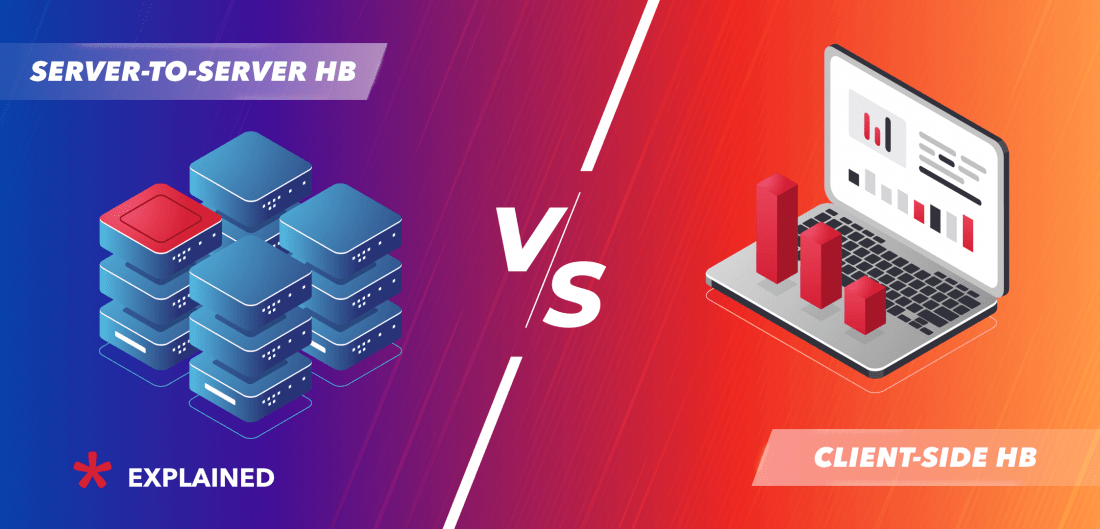
The Role of AI in Ad Tech: A Header Bidding Perspective
Artificial intelligence (AI) is fueling a revolution in advertising technology (ad tech). The integration of AI-driven solutions is fundamentally altering industry practices. Header bidding exemplifies this transformation, with AI-powered tools enhancing decision-making, boosting efficiency, and delivering superior outcomes for advertisers and publishers alike.
AI-Powered Bidding Optimization
Traditionally, bid management involved manual adjustments and rule-based decision-making. AI is changing this by introducing dynamic, real-time optimization. AI algorithms analyze massive amounts of historical data, auction dynamics, and user signals to determine optimal CPM floor, auction timeout rate, participating bidders, and allowed ad sizes for each ad request, maximizing the publisher’s advertising yield/ad revenue.
Predictive Analytics for Ad Placement
AI-powered predictive analytics revolutionize how publishers identify the most valuable ad placements. By analyzing user behavior, page content, and past performance data, AI models pinpoint locations and contexts where an advertisement is most likely to drive engagement and conversions. This intelligence leads to higher revenue potential for publishers.
Fraud Detection and Prevention
Ad fraud poses a critical threat to publishers within the ad tech industry. The presence of clickbait, malware, misleading sweepstakes, and other unscrupulous ads severely degrades the user experience on a publisher’s site. This damage can lead to lost readership, reduced trust, and ultimately a significant decline in revenue. Additionally, fraudulent activities such as hidden ads or the manipulation of impression metrics directly siphon money from publishers.
AI stands as a powerful ally for publishers in the fight against invalid traffic, too. Advanced machine learning models excel at identifying anomalies, pinpointing bots, and uncovering patterns associated with fake engagement. By filtering out harmful content and invalid traffic sources, AI safeguards the publisher’s reputation and ensures their user base enjoys a positive experience.
This proactive approach towards fraud detection is essential for fostering strong relationships with advertising networks and partners. When advertisers know their campaigns won’t be associated with harmful content or fraudulent impressions on a publisher’s site, trust increases, leading to greater demand and monetization potential.
While some particularly responsible publishers may choose to implement sophisticated AI-powered bot filtration on their own inventory, the most critical priority for media owners remains to protect their users from the damaging effects of bad ads.
Personalized Advertising and User Experience
AI empowers hyper-personalized advertising, a strategy that unlocks significant benefits for publishers within a competitive advertising landscape – especially within header bidding environments. By meticulously analyzing user preferences, interests, and nuanced browsing behaviors, AI-powered ad tech platforms enable publishers to deliver ads with pinpoint relevance to their audience. This highly tailored approach not only elevates user experience by reducing disruptive or irrelevant ads but also significantly boosts the likelihood of engagement and conversions.
Within the header bidding ecosystem, ad personalization unlocks a surge in competition among demand partners. When ads are exceptionally relevant, their perceived value skyrockets, fueling aggressive bidding strategies. This dynamic directly translates to increased revenue potential and robust monetization opportunities for the publisher. However, it’s imperative for responsible publishers to prioritize privacy-compatible identity solutions and invest in first-party data collection (potentially via a DMP). These practices ensure transparency while providing advertisers the rich data necessary to maintain the accuracy and relevance of their personalized ad campaigns.
Future of AI in Header Bidding
The potential of AI in header bidding platforms is enormous. We can expect AI to become even more sophisticated, allowing for further automation and optimization. The emerging field of generative AI could potentially create dynamic ads that adapt in real-time based on user cues. AI might even be used to predict future market trends, allowing for proactive adjustments in bidding strategies.
Conclusion
AI is irreversibly transforming the world of ad tech, especially within header bidding practices. By enhancing optimization, providing data-driven insights, mitigating fraud, and enabling personalization, AI delivers significant benefits to both advertisers and publishers. As AI technology advances, we can anticipate even smarter, more efficient, and more transparent advertising ecosystems.




